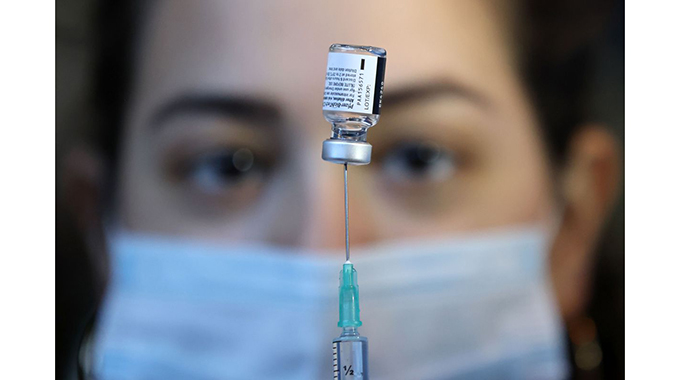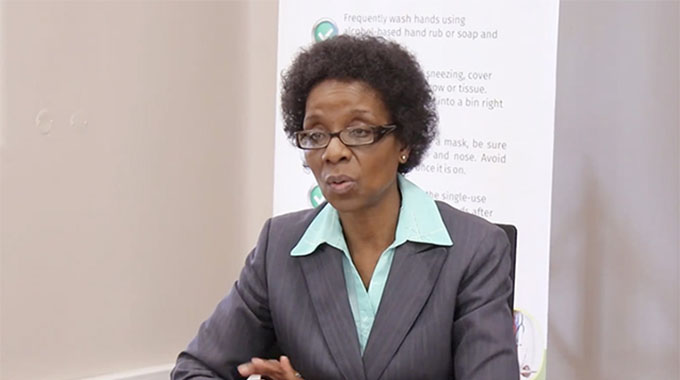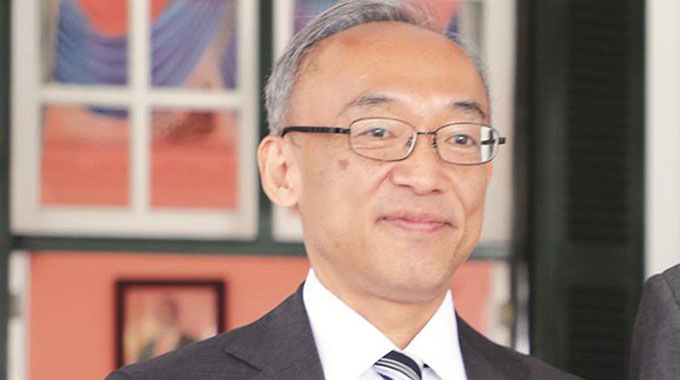Here’s what global progress on COVID-19 vaccination looks like

Andrew Berkley and John Letzing
Countries around the world are racing to vaccinate their populations against COVID-19.
In order to reach herd immunity, it’s estimated that at least 60 percent of a population (and as much as 90percent) must become immune thanks either to prior infection or vaccination. But as of 10 February nearly 130 countries, with a collective population of 2.5 billion, had yet to administer a single vaccine dose.
While some 10 different COVID-19 vaccines have been approved or authorized for emergency or limited use, the practical business of administering jabs has been hindered by staffing and supply shortages, procurement hiccups, and geopolitics. Concerns have also been raised about equitable access for poorer countries and historically-marginalized communities.
But there have also been positive signs, including Israel’s relatively swift rollout, an upwardly revised daily vaccination target in the US, and India’s distribution of free doses to countries including Myanmar and Bangladesh.
The Forum has created a visualization tracking the progress made to date on vaccination against COVID-19, on a country-by-country basis. The first measure visualized is the number of doses administered per 100 people, with countries turning a darker shade of blue as the population getting at least one dose increases over time:
While that presents a good illustration of initial progress, it’s a somewhat limited view of the number of people fully vaccinated – given that many vaccines require more than one dose, and the interval between them can be nearly a month.
The Convidecia vaccine developed in China may just require just one dose, for example, but the Pfizer-BioNTech version already approved for use in several countries and the Sputnik V vaccine developed in Russia are among those that call for two.
The second waypoint in the visualization provides a fuller picture of progress made so far, as each country with available data turns a darker shade of green as the percentage of people receiving all doses prescribed by a vaccination protocol increases over time:
The discovery of new, potentially more deadly coronavirus mutations has added a sense of urgency to efforts to contain the pandemic – while prompting the exploration of ways to redesign existing vaccines.
For more context, here are links to further reading from the World Economic Forum’s Strategic Intelligence platform:
China and India are using the inoculation drive against COVID-19 as part of diplomatic efforts to shore up global and regional ties, according to this analysis – which has led to a tussle playing out online and in the media. (Australian Strategic Policy Institute)
In the US, tailored messaging efforts are underway encouraging people particularly vulnerable to COVID-19 to get vaccinated – from communities of colour to migrant farmworkers. Among the aims, according to this report: giving people an empowering sense that they’re helping others. (Kaiser Health News)
Is it safe to delay a second vaccine dose? According to this report, there’s some evidence that short waits are safe, but partial immunization may help risky new coronavirus variants to develop. (Scientific American)
A number of wealthy countries have purchased far more vaccines than necessary (the UK, for example, has ordered 219 million full vaccinations for 54 million adults). This analysis suggests a way for excess doses to be redistributed to those in need. (The Conversation)
Will your ability to travel depend on your vaccination status? According to this report, Israel and Greece have agreed on a tourism pact enabling people already vaccinated against COVID-19 to travel freely between the countries. (Al Monitor).- The World Economic Forum
- Andrew Berkley, Lead, Immersive Technology and Content, World Economic Forum
- John Letzing, Digital Editor, Strategic Intelligence, World Economic Forum








Comments